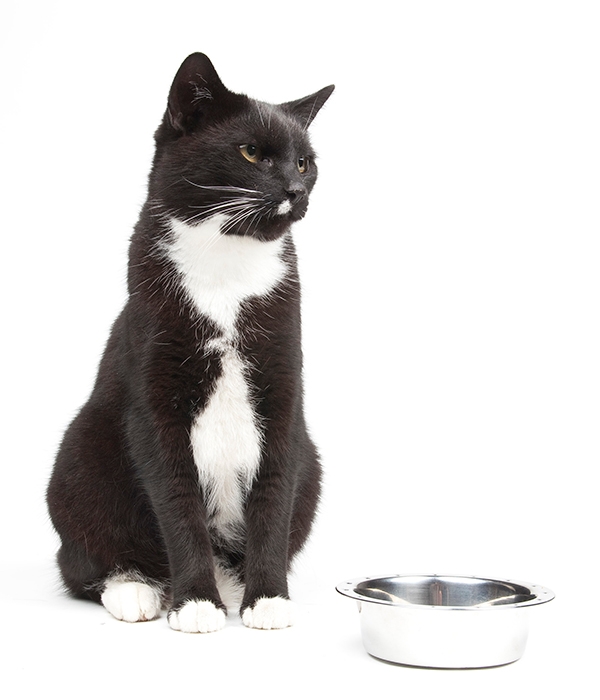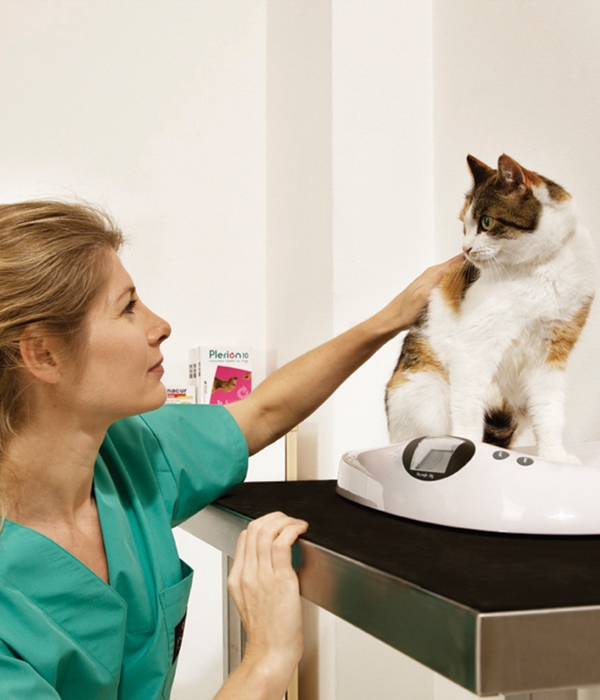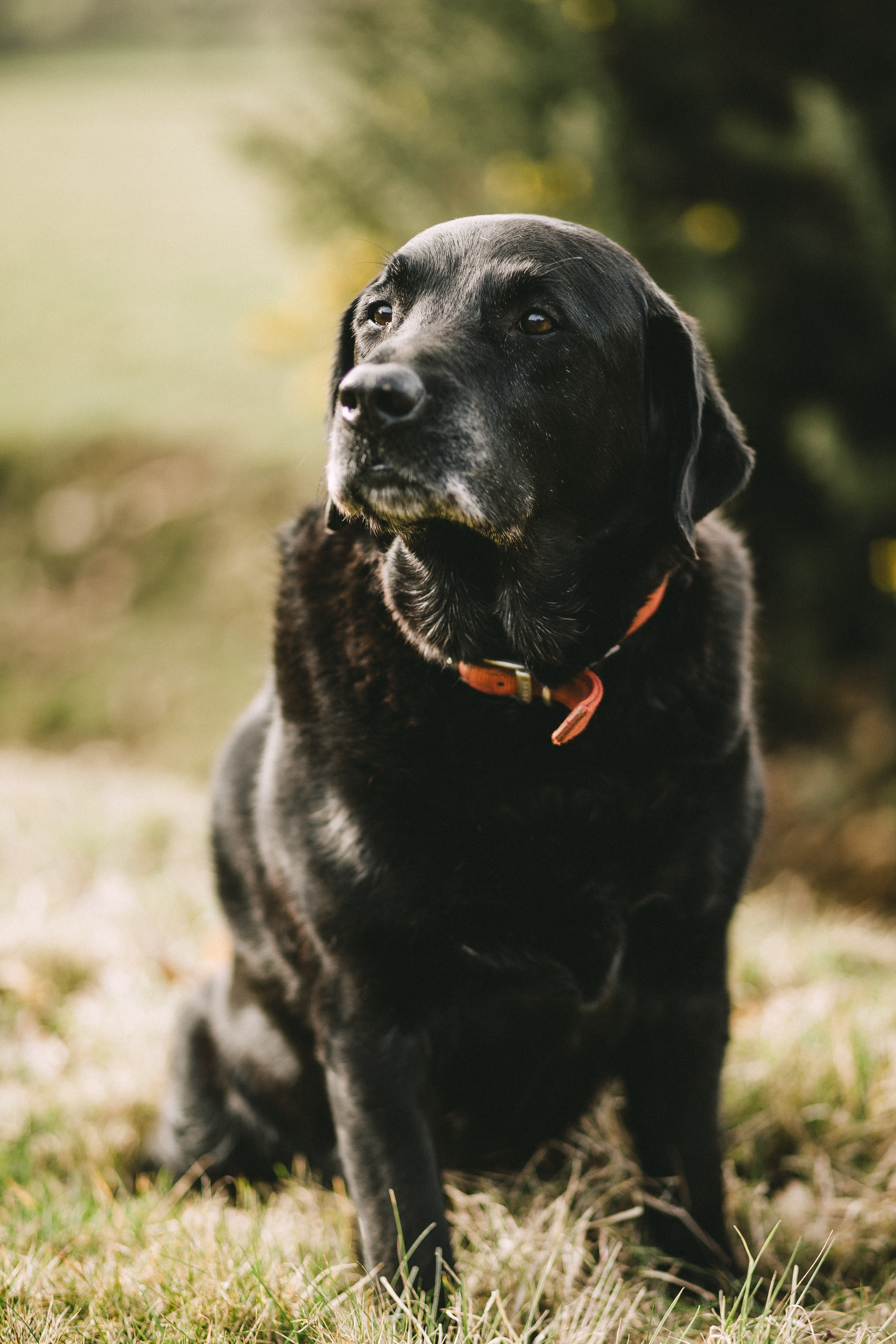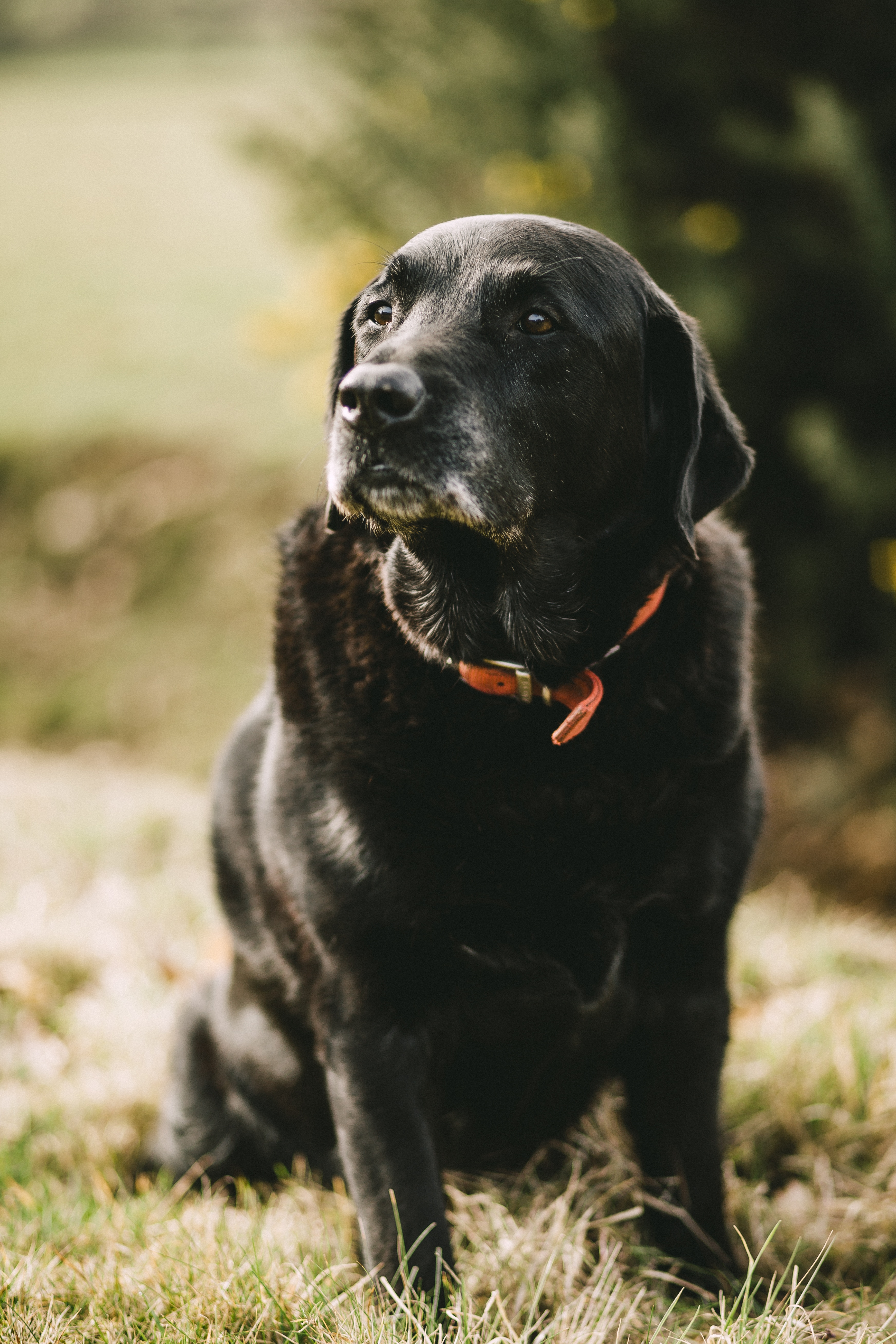Canine and feline diabetes mellitus (DM) has both environmental and genetic causative factors. Type 2 DM is the most common form in cats. Burmese cats are predisposed (probably due to genetic factors) and environmental risk factors in all breeds include increasing age, obesity, male gender, neutering, certain drugs, sedentary behaviour and living entirely indoors. High-carbohydrate diets increase blood glucose and insulin levels and may predispose cats to obesity and DM. Low-carbohydrate, high-protein diets may help prevent diabetes in at risk cats. There is also evidence for both genetic and environmental risk factors for the development of DM in dogs. At least 50% of diabetic dogs have type 1 DM (caused by immune- mediated beta cell destruction). Around 28% of cases result from extensive pancreatic damage secondary to chronic pancreatitis. High fat diets are linked with pancreatitis but no published data shows obesity being a risk factor for canine DM or showing that overt type 2 DM exists in dogs. DM occurring in pregnant dogs or those in dioestrus is very similar to human gestational DM.
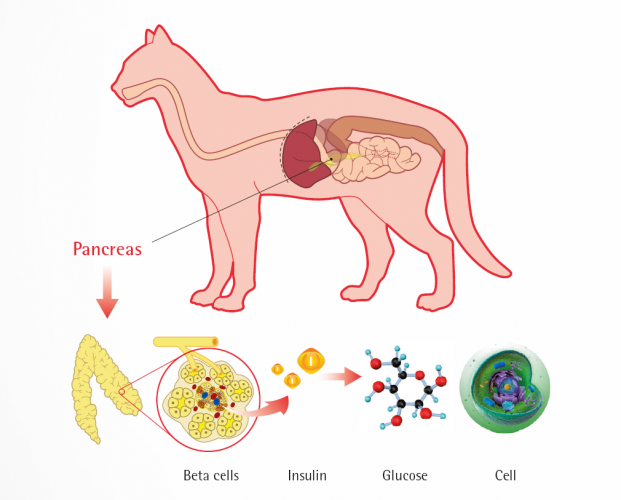
 Purina: Your Pet, Our Passion
Purina: Your Pet, Our Passion




